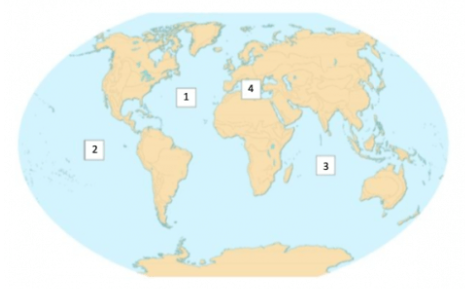In groups, discuss ways to solve fishing problems.
1. Read each plan. What will happen if we follow each one? Write some notes.
Plan A: Don’t eat fish! Tell people to stop buying and eating too many: young fish. Put ads in newspapers and magazines, and make TV commercials to explain why fishing hurts the environment. | Plan B: Safe fish symbol Make a special symbol for fish that are caught in a sustainable way. Make commercials to tell people to look for this symbol in supermarkets and restaurants. | Plan C: Strict laws about fishing Make stronger laws about how many fish people can catch. Send special police in fast boats to ail of the fishing areas to make sure that fishing boats follow the laws. |
2. Discuss the plans with your group.
3. As a group, decide which is the best plan.
4. Explain your decision to the class.

